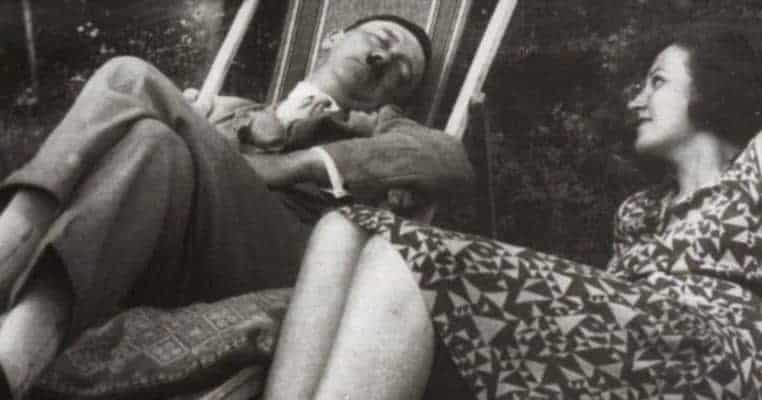Adolf Hitler’s suicide in 1945 helped bring about the end of World War II, the bloodiest conflict the world had ever since which had led to the deaths of as many as 60 million people. Keep reading to learn more about the man whose life helped spark the greatest conflagration in human history and whose death helped end it.

40. Adolf Hitler Was Born on April 20, 1889
His parents were Alois and Klara, and Adolf was the fourth of six children. He grew up in the city of Linz, which at the time was the capital of Upper Austria. He actually grew up in Austria, not Germany, and only moved to Germany after World War I broke out.

